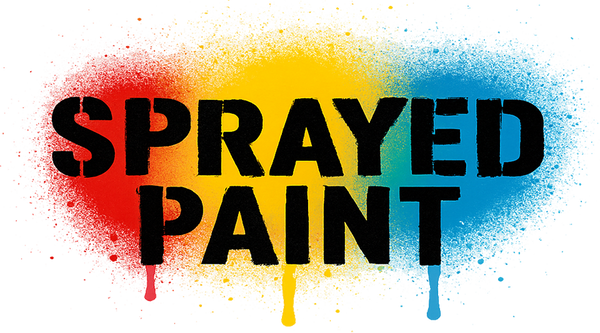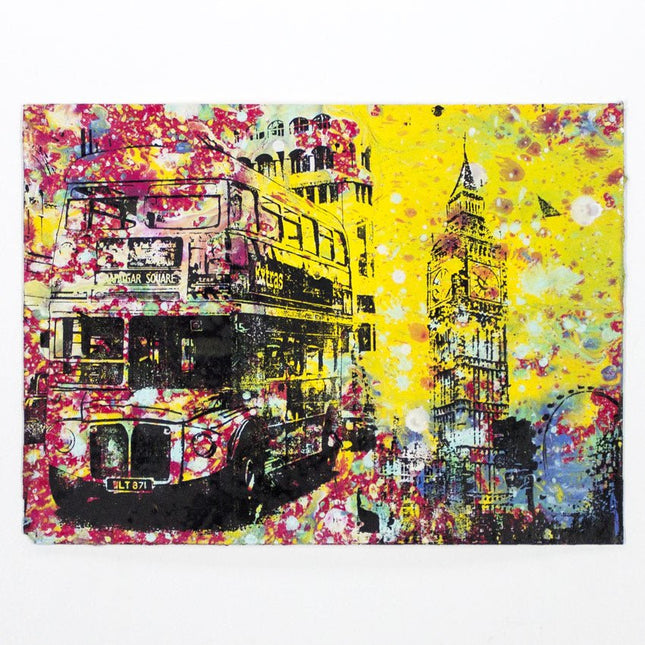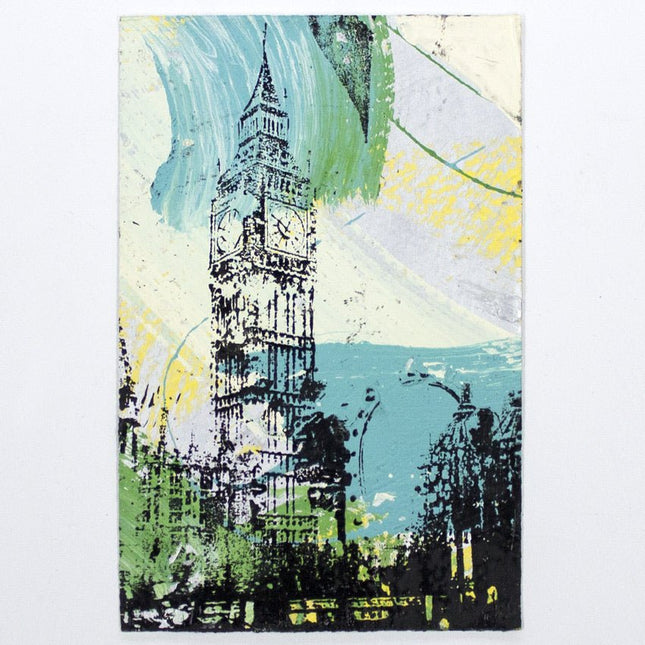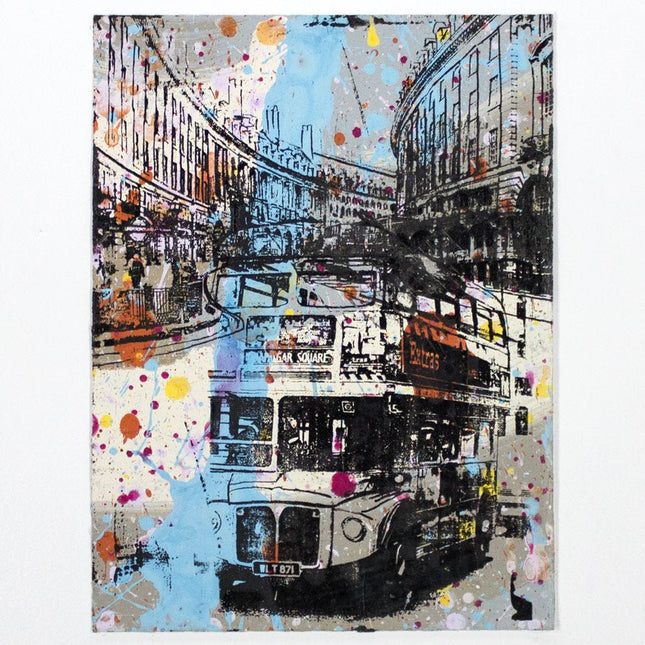
Big Ben in Street Pop Art & Graffiti Artwork
Big Ben has long been one of the most recognizable symbols of London, standing as a testament to history, architecture, and time itself. In Street Pop Art & Graffiti Artwork, the clock tower becomes more than just an iconic landmark; it transforms into a canvas for reinterpretation, a symbol of power, mystery, and the passage of time. Artists across the world have used Big Ben’s distinctive silhouette to create bold, thought-provoking compositions that blend realism, abstraction, and social commentary. Whether in large-scale murals, hand-pulled screenprints, or digital urban art, this towering structure continues to evolve as a subject in contemporary visual culture.
Big Ben as a Symbol in Urban Art
Big Ben represents more than just a clock; it symbolizes endurance, authority, and a sense of order within the chaos of city life. Many street artists use its image to challenge or redefine that idea, distorting its features, reimagining its structure, or placing it in surreal contexts. Some artworks emphasize the overwhelming presence of time, making the clock face glow ominously against dark, dystopian backgrounds. Others depict Big Ben in motion, bending, twisting, or melting, suggesting that time is fluid, ever-changing, and uncontrollable. By manipulating its form, artists break down its rigid symbolism, making it a reflection of modern urban tension rather than a static monument of tradition. The use of silhouettes is another powerful technique seen in Street Pop Art & Graffiti Artwork featuring Big Ben. When reduced to a stark black outline against an abstract, colorful background, the tower becomes even more striking, its familiar shape instantly evoking London’s essence. By pairing it with other symbols such as the moon, birds, or city street elements, artists create layered compositions that blend historical grandeur with contemporary rebellion. The contrast between the rigid structure of the tower and the free-flowing nature of street art adds depth to these works, ensuring that each piece tells a different story.
Techniques and Styles in Street Pop Art & Graffiti Artwork
Big Ben’s strong architectural lines make it a perfect subject for stencil art, where clean edges and high contrast enhance its dramatic effect. Many street artists use spray-painted stencils to recreate its shape across urban landscapes, often integrating unexpected elements such as dripping paint, graffiti tags, or broken clock hands to subvert its usual pristine appearance. In screenprint posters, the tower is frequently paired with distressed textures, halftone shading, and geometric overlays, giving it a vintage yet modern aesthetic that aligns with the visual language of street culture. Some urban artists choose to depict Big Ben through a pop art lens, using exaggerated colors, fragmented compositions, or comic-book-inspired layouts. Bright neon outlines, layered halftones, and warped perspectives bring new life to an image that has stood unchanged for centuries. Others lean into a more abstract approach, deconstructing the tower into geometric forms or blending it seamlessly into a futuristic or dystopian cityscape. The ability of Street Pop Art & Graffiti Artwork to reimagine such an iconic structure speaks to its power as a medium of reinvention, where the familiar is made new through artistic interpretation.
The Presence of Big Ben in Contemporary Street Art
Big Ben remains a constant presence in the world of street-inspired art, appearing in murals, limited-edition prints, and guerrilla installations. As one of the most photographed and recognizable structures in the world, it naturally lends itself to artistic reinterpretation. Many artists use it to critique political systems, consumer culture, or the rapid pace of urban life, while others embrace it as a symbol of nostalgia, stability, or personal connection to London. Whether portrayed in its classic form or transformed into something unrecognizable, Big Ben continues to captivate the imaginations of street artists, pop culture enthusiasts, and those who find meaning in the ever-changing face of urban expression.





